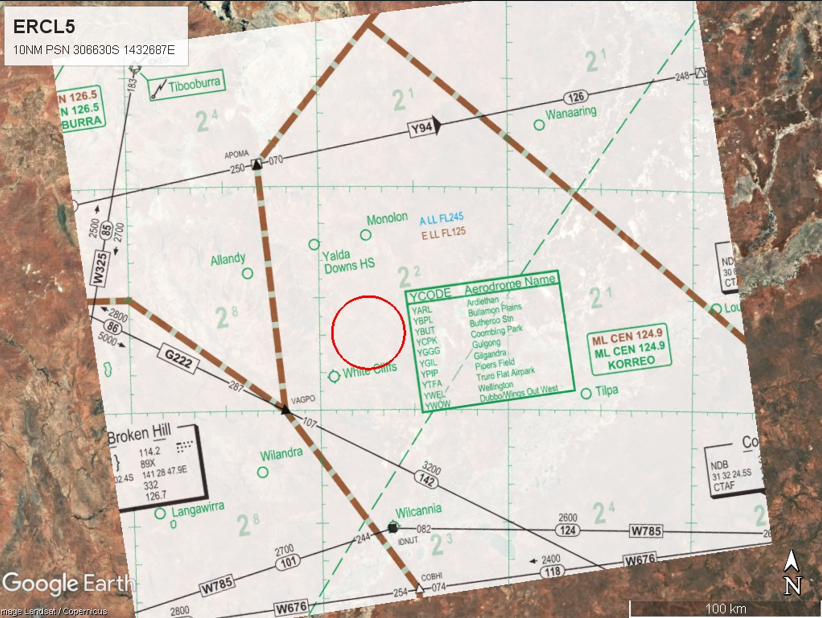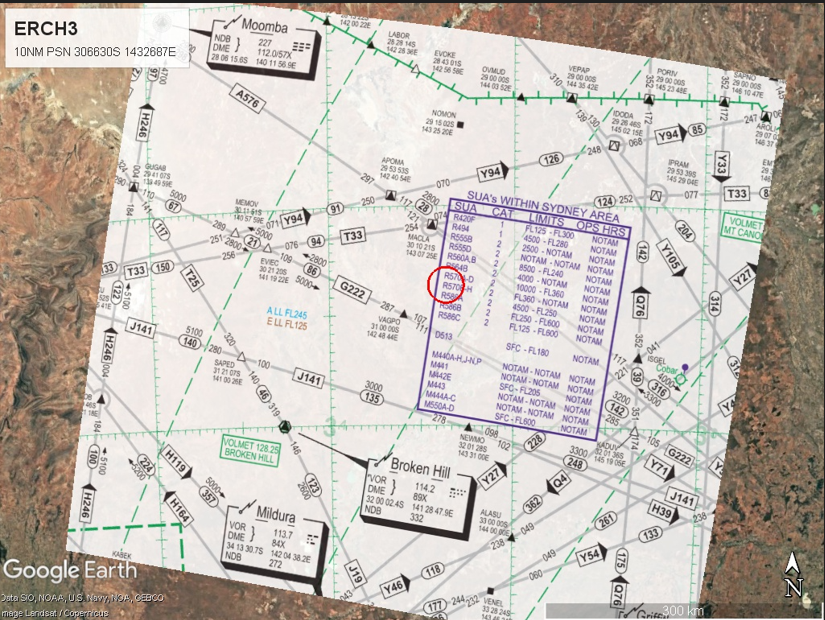On this page

Submit feedback to
Endeavour Aerospace is launching two sounding rockets with the University of New South Wales (UNSW) and Royal Melbourne Institute of Technology (RMIT) rocketry teams to 63,000 feet, 12 nautical miles (n mile) north north-east (NNE) of the White Cliffs aerodrome.
The issue
A temporary restricted area (TRA) extending 10 n mile from 30.6630S 143.2687E with unlimited (UNL) vertical limits will be established on 3 September 2025, 4 September 2025 and 5 September 2025.
TRA activation timing:
- 03/09/2025: 0630 – 1600 Australian Eastern Standard Time (AEST) (UTC+10)
- 04/09/2025: 0630 – 1600 AEST (UTC+10)
- 05/09/2025: 0630 – 1600 AEST (UTC+10)
Purpose
Endeavour Aerospace is seeking stakeholder input concerning the following, please provide feedback as this will ensure consideration can be made on such issues during the assessment process including safety, environment, national security, equity of airspace and any activities scheduled for the same volume of airspace over the same period.
Proposal
Endeavour Aerospace is seeking to conduct a high-powered rocket launch at Caradoc Station, approximately 12 n mile NNE of White Cliffs, NSW, on 3 September 2025, 4 September 2025 and 5 September 2025.
Two TRAs are proposed, both with lateral limits of 10 n mile from 30.6630S 143.2687E. The class G TRA will have vertical limits of surface (SFC) to flight level (FL) 125, and Endeavour Aerospace will act as the controlling authority and a second TRA for controlled airspace with vertical limits of FL125 to UNL, for which Airservices Operations Management will act as the controlling authority.
Aviation State Engagement Forum (AvSEF) members should check Notice to Airmen (NOTAMs) closer to the date to confirm whether the activity is proceeding. The proponent is in the process of conducting a consultation regarding the activity with known airspace users, such as commercial airlines and other stakeholders. Two rockets will be launched on 3 September 2025, with the remaining two days being weather contingencies.
In addition to this, class G airspace will be monitored for aircraft before and during the launch activities. This will include maintaining a visual watch of the airspace, monitoring very high frequency (VHF) radio transmissions and finally monitoring automatic dependent surveillance-broadcast (ADS-B) transmissions from the area.

